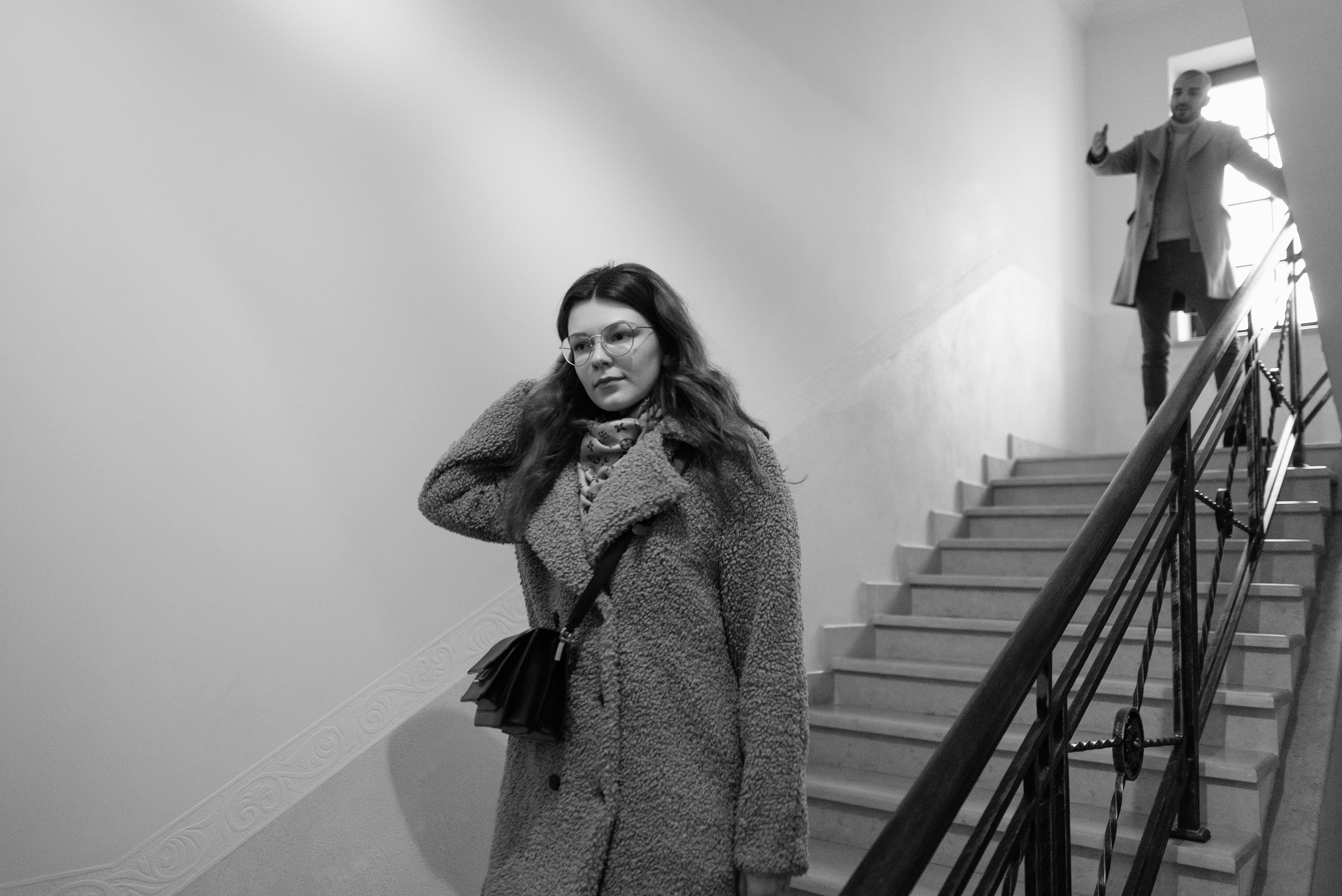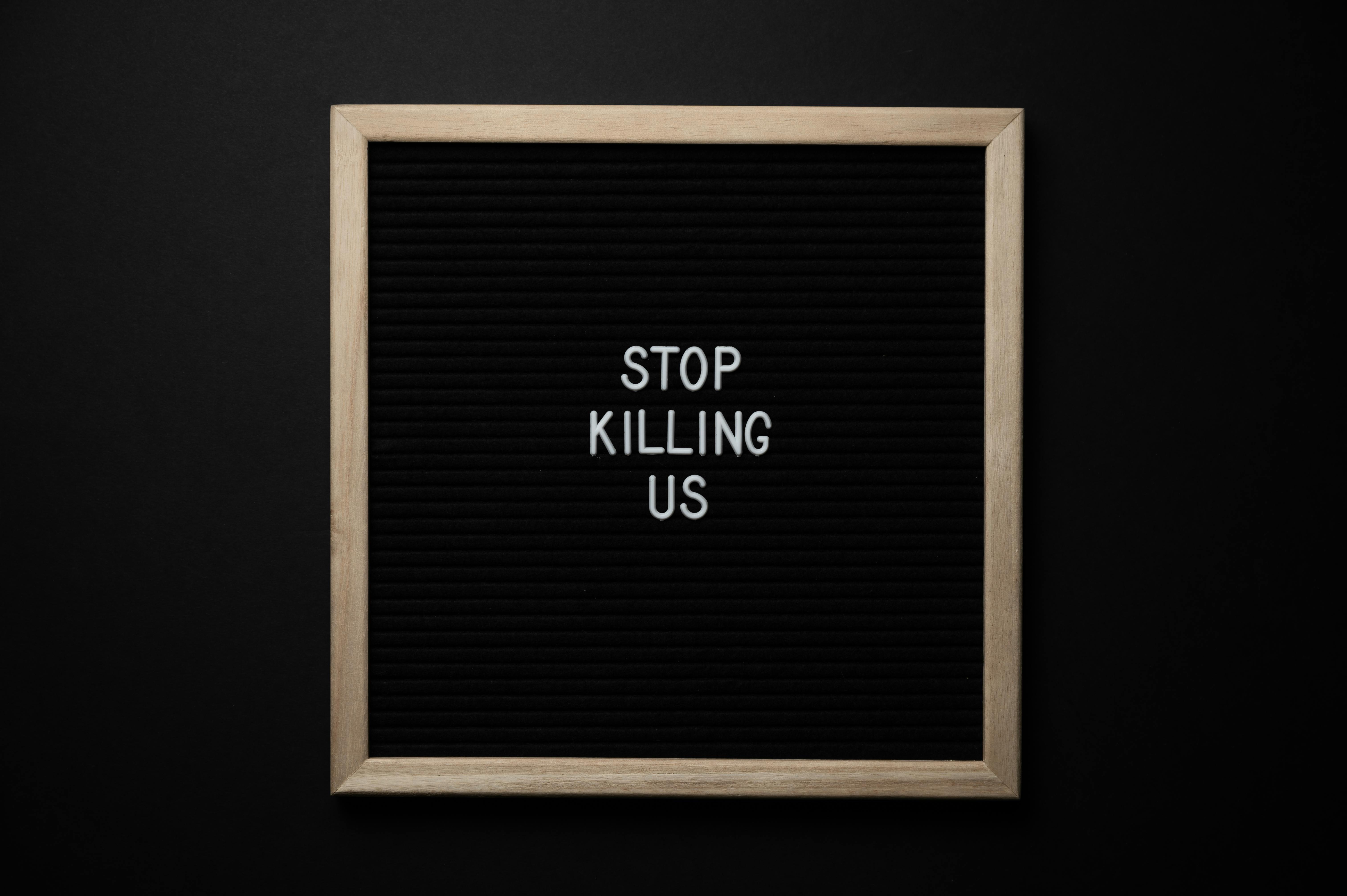Using Feedback and Follow Up to Build Teams Quickly
Are you working in an organization where leaders are good at using feedback and follow-up to build teams quickly? Do the leaders in your organization create emotionally intelligent teams?
One of the most powerful questions one can ask is How do I create teams where individual members believe in the value of teamwork? Emotionally intelligent leaders build high-performing teams that incorporate regular feedback.
Are you good at building teams quickly? Do you inspire your team by having a coaching style of leadership with team members? Are you an expert in building teams that produce results quickly?
They all exalt the value of teamwork. The need to build effective teams is increasing and the time available to do so is decreasing. How do you increase team effectiveness in a rapidly changing climate with limited resources? This is an excellent team building exercise developed by Marshall Goldsmith (Team Building Without Time Wasting, Keilty, Goldsmith & Company, 1998).
Research with thousands of participants has shown that focused feedback and follow-up can increase leadership and customer service effectiveness. A parallel approach has been shown to help leaders build teamwork without wasting time. It requires team members to boldly ask for feedback, have the discipline to develop a behavior change strategy, follow up, and stay with it
To implement this process, the leader will need to advise or facilitate rather than be the head of the project. Members should develop their own behavior changes, rather than have them imposed on them.
1. Begin by asking each team member to confidentially answer two questions:
A. On a scale of 1-10, how well are we working together as a team?
B. On a scale of 1-10, how well should we work together as a team?
Calculate and discuss the results. Research involving several hundred teams in multinational corporations showed that the average Team member believed his team was currently at a 5.8 ERA level but needed to be at 8.7.
2. Ask the team, If every team member could change two key behaviors to help bridge the gap between where we are and where we want to be, what two behaviors should we all try to change? Prioritize the behaviors and determine the two most important behaviors to change for all team members.
3. Team members also choose two personal change behaviors that will help bridge the gap. They then request brief progress reports from each other on a monthly basis.
Progress can be chartered. The results have clearly shown that if team members have regularly followed up with their colleagues, they will invariably be seen to increase their effectiveness on the selected individual. areas to improve. The process works because it encourages team members to focus primarily on changing their own behaviors.
Working with an experienced executive coach trained in emotional intelligence and incorporating leadership assessments like the Bar-On EQ-i and CPI 260 can help you become a transformational leader who builds powerful virtual teams. He can become a leader who models emotional intelligence and inspires people to happily commit to the company’s strategy and vision.



